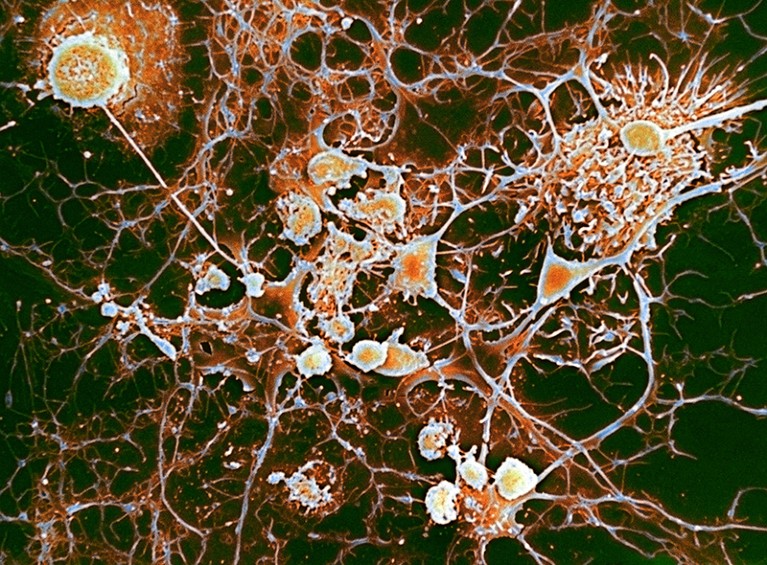A genetic link has been found to increase the risk of multiple sclerosis (MS), a chronic autoimmune illness, in northern Europeans. A thorough investigation combining modern DNA with ancient human teeth and bones revealed the findings. A recent Nature study found that genetic variants carried by the Yamnaya, a Bronze Age group that migrated from the steppes of Ukraine and Russia into northwestern Europe 5,000 years ago, increased MS risk in northern Europeans.

Photo from Google
Nomadic Herders’ Ancient Genes: A Surprising Advantage in Understanding Multiple Sclerosis Risk
The Yamnaya, horseback-riding livestock herders, carried MS-risky gene variations. Contrary to expectations, these genetic mutations spread, showing they benefitted the population. The researchers, led by Eske Willerslev of the University of Copenhagen and Cambridge, believe these genes protected nomadic herders from livestock-borne illnesses.
DNA from 1,600 ancient Eurasians showed major population movements in northern Europe over millennia. Ancient Middle Eastern farmers were replaced by the Yamnaya, who herded livestock and sheep with horses and carts. This old DNA was matched to samples from over 400,000 current individuals in a UK gene bank to identify MS-linked genetic variants.
The findings show that these genetic variants are more common in northern Europe, particularly Scandinavia. These genetic mutations provide the Yamnaya a startling advantage, according to research lead author William Barrie. Their beneficial effect is unknown, but experts believe it may be due to how modern humans interact with animal pathogens, which may disrupt the immune system and cause autoimmune illnesses like MS.
Exploring Ancient Genes, Migration, and the North-South Divide
MS causes numbness, tingling, poor walking, and visual loss when the immune system destroys nerve fibers’ protective covering. Its etiology is unknown, but genetic vulnerability and environmental factors, possibly infections, are suspected.
This research provides important insights, but experts warn that more research is needed to validate the association between ancient genetic variations and MS. The work has helped explain the north-south MS prevalence difference in Europe and historical migration patterns.
READ ALSO: Life-Saving Medical Treatment Tailored For One: A Glimpse Into The Future Of Healthcare?
























